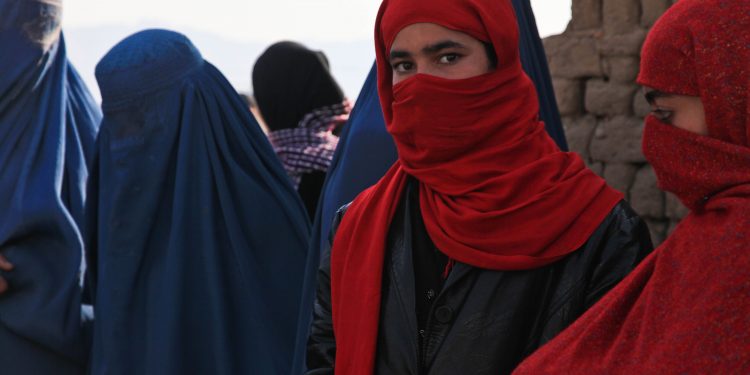A Ray of Hope Under the Burka: An Indian Victory

Fifty one years ago, Hamid Dalwai, a Muslim progressive thinker led the first historic march along with seven Muslim women including his late wife Mehrunissa Dalwai against the triple talaq. In an interview conducted before she died, Mehrunissa, who was then pregnant, described the difficulties faced in those days if people wanted to stand up for their rights. She also mentions that they faced life threats. We have come a long way since then.
Background
There are 4 divorced muslim women for every divorced muslim man. The gender differences are startling in the Muslim community (79:21). This means that it is easier for men to remarry and that they also show an increased urge to do it.
Introduction
A week after our 70th year of Independence, supreme court decided to treat us with a revolutionary verdict on the triple talaq. On August 22nd 2017, the supreme court struck down triple talaq with the majority of 3:2. While Chief Justice J.S Khehar and justice Abdul Nazeer wanted to put it on hold for 6 months, Justice Nariman and Justice Lalit called it ‘unconstitutional” and Justice Joseph said it was against the teachings of the Quran.
Timeline
February 2016: Supreme Court seeks assistance from the attorney general challenging the laws on marriage, divorce, inheritance, and custody.
October 2016: The centre opposed the views on triple talaq for the first time and relooked at the issue on the basis of gender equality.
February 2017: Supreme court sets up a five judge constitution bench.
March-April 2017: The All India Muslim Personal Law Board (AIMPLB) warned the supreme court that the triple talaq was outside the Indian Judiciary system. Then, the center counter attacked it by saying triple talaq deprives muslim women of the Indian constitutional rights. Politicians like Mayawati and Yogi Adityanath started voicing their support for the ban on triple talaq.
May 2017 : The hearing in the apex court began and triple talaq was described as the worst or not the desirable form of ending the marriage. Supreme court reserved its verdict due to challenges in the validity of triple talaq.
August 2017: Supreme court called the practice illegal and struck it down.
India’s Victory
The victory against the triple talaq is not just confined to one community. It is a win for the entire nation. It shows us that we are progressing in the right direction. To come together for a social cause in a country that is diversified culturally, economically, religiously, linguistically etc. and express their opinion in unison is a phenomenal feat. Stories and posts on social media from celebrities to common man supporting this cause were just wonderful.
Lives Changed
There were instances where women were divorced through Whatsapp messages and letters.
Farhad’s was one such story. Her husband, sent here a letter for a triple talaq on August first week. After 9 years, her marriage fell apart. On August 22 2017, this 29 year old wept with joy. There are thousands of women like Farhad who have been the victim of domestic abuse in the name of the triple talaq. This verdict definitely touched their lives.
Post Triple Talaq
While we managed to cross one hurdle, there are several others to face. Women still are the victims of domestic violence. Issues like polygamy, custody and inheritance are still yet to be sorted out.
Conclusion
The government of India has indeed taken a revolutionary step. Bridging the gap of gender inequality, striking down draconian laws are the need of the hour in our country. Overwhelming support by political leaders, unity of the people were important factors to achieve this remarkable feat. Hopefully there will be a day where we need not have to fight for equality, but rather it will be appreciated and encouraged.




